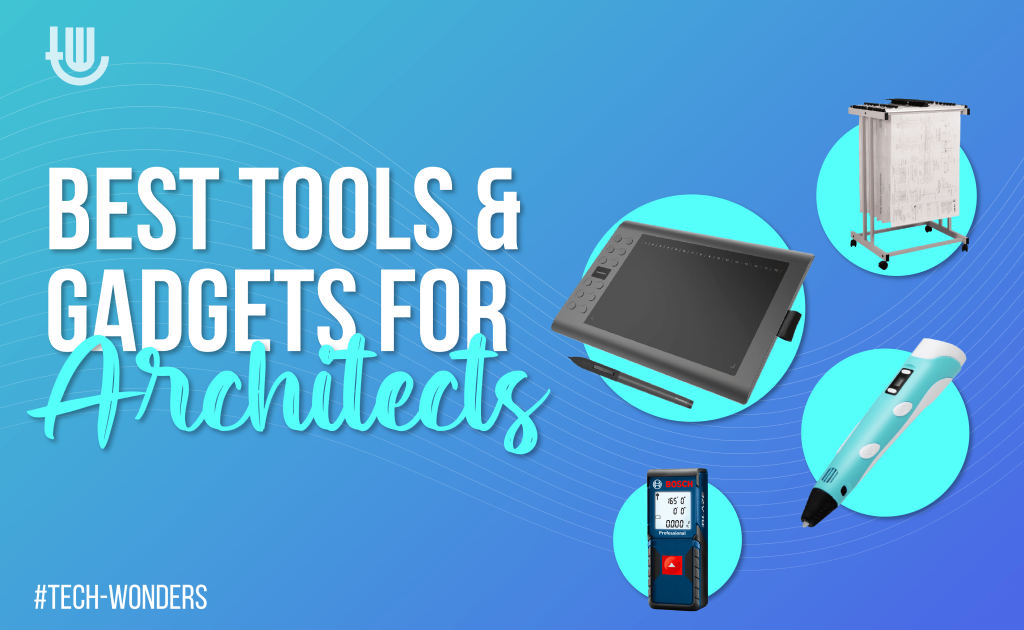
Architects are a rare breed – they combine free-flowing creativity and innovation with strong technical skills. They need tools and gadgets that can also span that divide – from the technologies they use through to the environment they work in, architects can benefit from a range of different products. Here are our top recommendations:
Drawing storage
For those architects (and their clients) that prefer the old-school, tried and tested methods of physically drawing their designs on paper, drawing plan storage is an absolute must. There are a few different types of drawing storage, designed for different requirements and environments:
Tubes are great for long-term archiving of older projects, or for taking drawings out and about to client sites or offices. The architect/designer simply rolls the sheet or sheets up, places them in the tube and gets going. The tube protects from weather and spills and keeps the sheets in immaculate, if slightly curled, condition.
Hangers are perfect for higher volumes of drawings and for architects or designers who might need to access different designs quickly. Hangers can be found in freestanding and wall-mounted versions. For those who need to leaf through their work, swing-arm versions are the most practical and effective way of both storing and accessing designs. On the downside, there’s really no protection from draughts, the sunlight or fellow architects accidentally spilling their tea all over the work.
Cabinets take up more floor space than wall or freestanding hangers, but they have a couple of other major benefits. First, they are typically lockable, so the architect can secure their work against theft, damage or unauthorised viewing, and secondly, cabinets protect from everything – sunlight, spillage, even fire in some cases. Cabinets usually consist of a number of separate drawers, so different projects can be kept organised and relatively easily accessible.
Tablet technology
We’re not talking about a basic model tablet here – we’re talking about the kind of high-end kit that allows architects to draw, erase and redraw designs with a pencil-like input device. They take a little while to master, but once the user gets the hang of a tablet device for drawing and designing the process can be a lot quicker, and there is less need for large sheets of paper and the associated storage requirements.
As a top tip – keep graphic design tablets secure and charged with a charging locker unit. Just like a standard locker, these have lockable compartments – but they have the added benefit of charging your devices when they are locked away so they are always ready for use.
3D pen
This technology is still in its infancy, but 3D pens are being used more and more by architects around the world to build 3D models of their designs, allowing them and their clients to better visualise what the finished product will look like. They are usually much cheaper than a full-scale 3D printer, but they do rely on a steady hand and manual measurements.
Laser measure
A tape measure that has been struck by the technology revolution – a laser measure is perfect for the architect. Users get a much higher degree of accuracy than they would using a tape, and can measure much larger distances (up to 200 metres for some models).